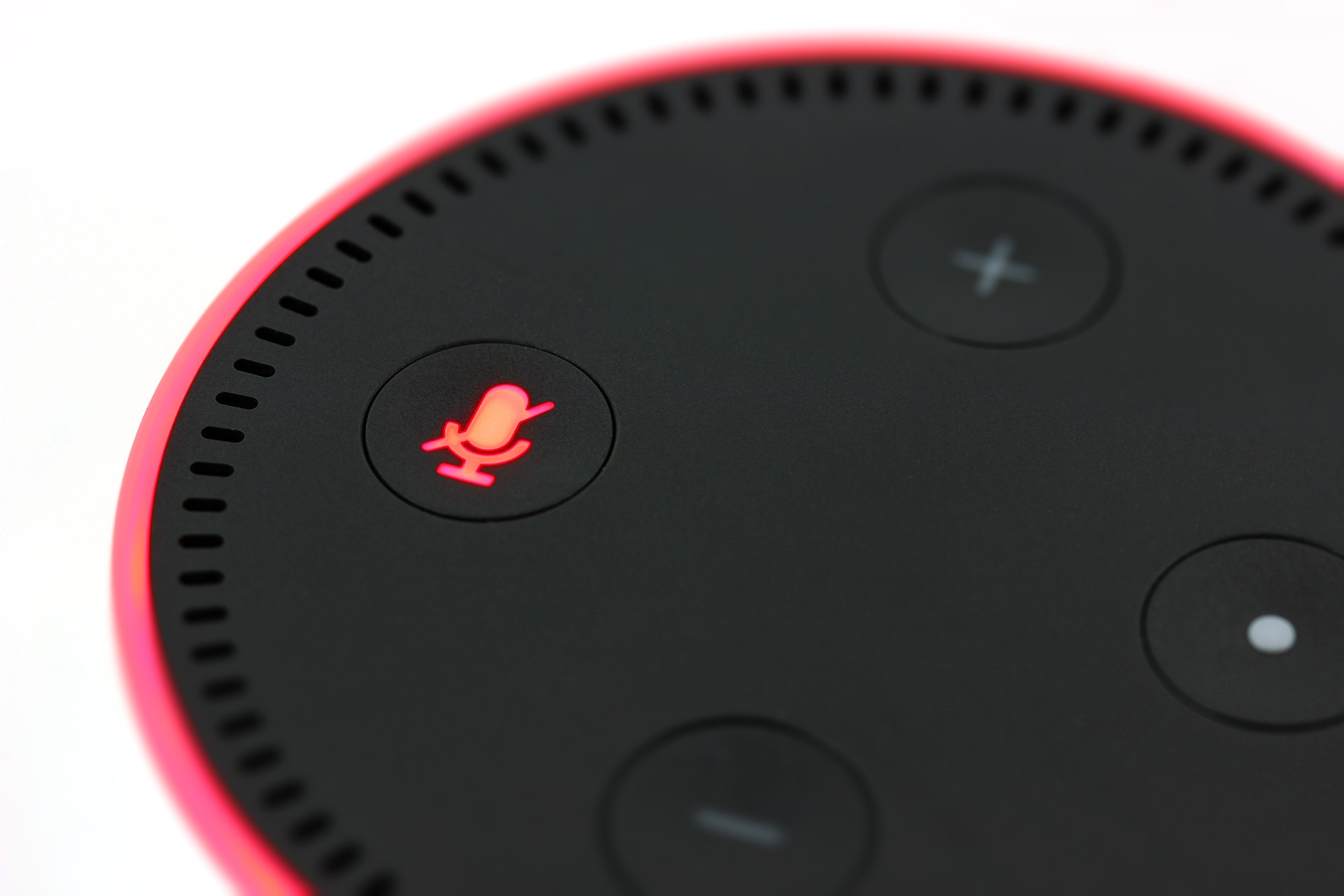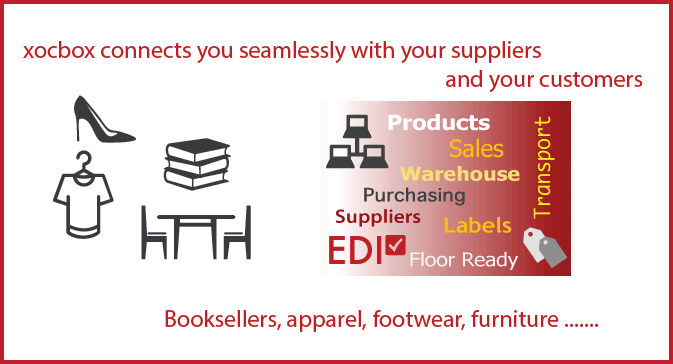More Online Stores add Bricks and Mortar Presence
All through 2017 and even into the beginning of this year we are learning of bricks and mortar stores closing. Household names like Sears and Macy’s have seen many store closures and you could be forgiven for thinking that the long talked about demise of the bricks and mortar store is finally here. Will 2018 be it? No.
The numbers reported by Forrester and the National Retail Federation show a different picture, with more brands planning to open stores rather than close them this year. The best examples of these are stores that used to be ecommerce pure-play stores such as Warby Parker and Amazon. These stores have realized that a physical presence helps to build their brand and increase market share both online and offline.
As retailers continue to evolve they are looking for ways to integrate both the digital and physical world and new ideas keep showing up in our in-store shopping experiences. Self-checkout is becoming more and more common, and buy online and pick up in store is a great way to get people into the store to browse for more products.
Landlords are also taking notice, and realizing that many of the online stores that are just testing the waters in the bricks and mortar world will not want to sign a 10-year lease until they know they’ve got the selling formula right, have started to offer short-term leases or even pop-up store locations and the concept of the “anchor” tenant is probably long gone.
The list of etailers who have made the decision to go brick-and-mortar continues to grow – look out for these at your local mall – Bonobos, Casper, Untuckit… if they are not already there, it’s just a matter of time.







